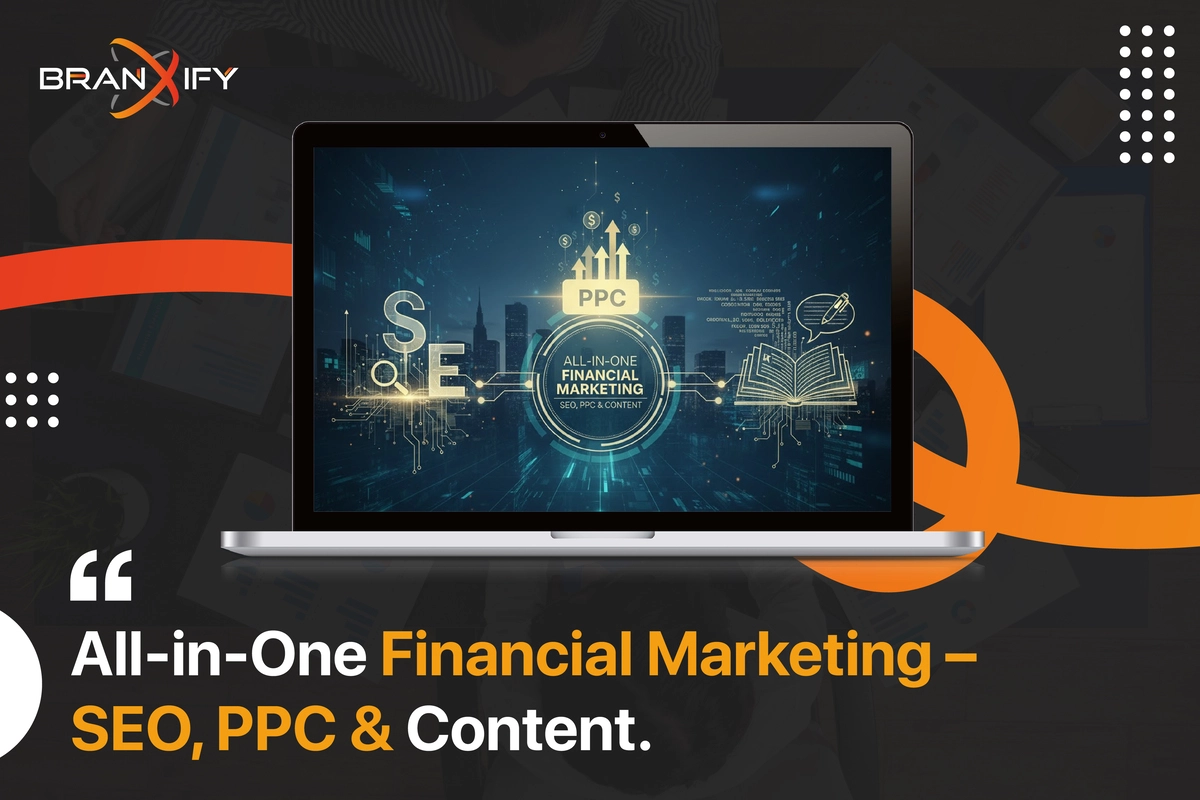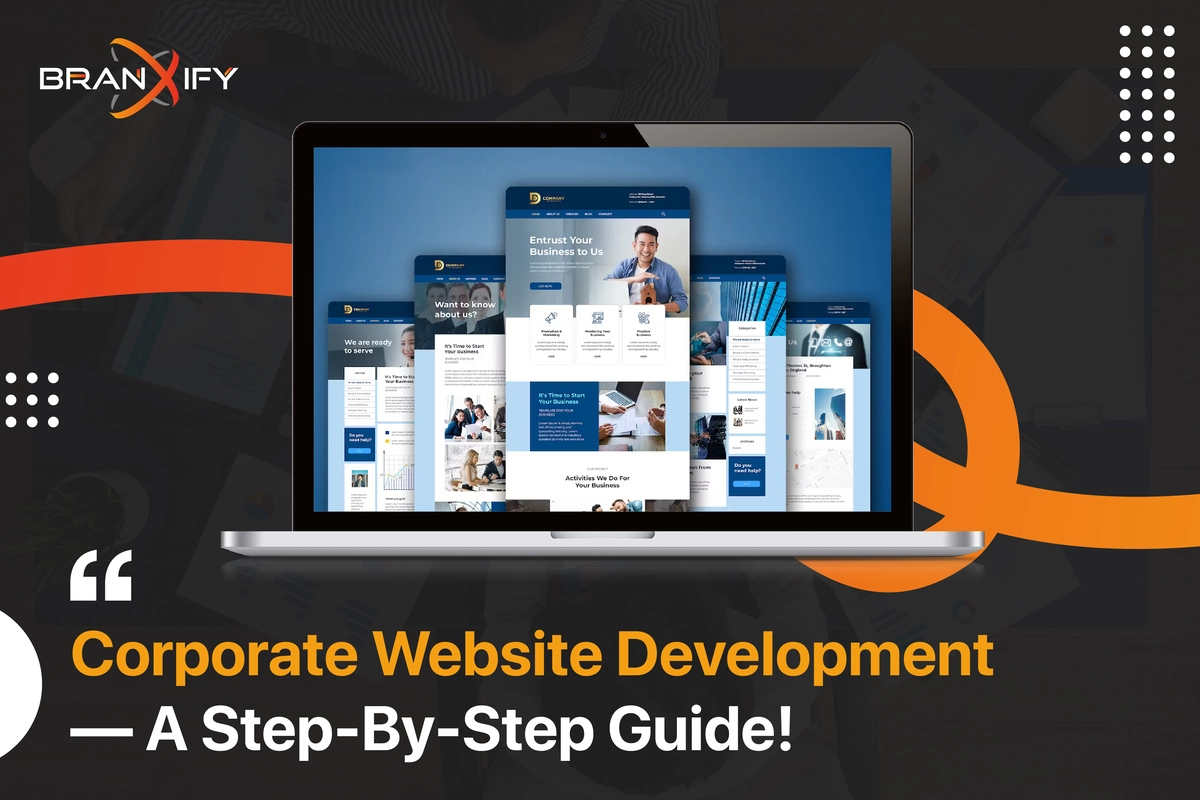Businesses are rapidly diving into the sectors of performance marketing as they seek to drive valuable outcomes and optimize their marketing spend in this digital advertising world. Performance Marketing, unlike traditional advertising which centered around general reach and brand awareness, performance marketing focuses on achieving specific and quantifiable results which allows advertisers to assess and track the effectiveness and significance of their campaigns with accuracy which makes it a robust and valuable tool for maximizing return on investment (ROI).
We are going to explore, in this article, the depth of performance marketing, its benefits, its different aspects, and how it works.
Definition
An effective type of digital advertising, performance marketing is a B2B marketing services is a forum where advertisers pay only for specific consequences or actions which means that payments are connected straight to measurable results such as leads, sales, clicks, or other key performance indicators (KPIs). Performance-based model’s focus is on acquiring tangible outcomes, making it distinct from traditional advertising techniques where costs are usually incurred based on impressions or reach alone.
Key Components
- CPA: Cost-per-action – CPA – where advertisers pay when a particular action is concluded or completed such as downloading of an app, sale, or lead submission.
- CPC: Cost-per-click – CPC – where advertisers pay for every single click on their advertisement, regardless of whether a conversion happens.
- CPM: Cost-per-impression – CPM – where advertisers pay for the number of times when their ad is displayed, though this is barely typical in performance marketing.
Key Metrics
The aspects of B2B marketing services rely on some key metrics for success measures which include:
- CTR: Click-Through Rate – CTR – is a percentage of visitors who click on an advertisement after seeing it.
- Conversion Rate: Users’ percentage who meet a preferred action after interact with an advertisement.
- CPC: Cost-per-click – CPC – is a cost that is paid for each click on an advertisement.
- ROAS: Return on ad spend – ROAS – is revenue generated from an advertisement campaign relative to its cost.
How it Works
Campaign Setup
a process of setting up a campaign of performance marketing which typically involves:
- Goals: Specifying measurable, clear goals such as generating leads, driving sales, or increasing website traffic.
- Channels: Choosing relevant digital channels based on where your specific audience is active such as various platforms of social media, affiliate networks, or search engines.
- Budgets: Budgets allocations based on expected results and the structures of cost of various models of performance marketing.
Optimization
Performance marketing involves these aspects, once the campaign is launched:
- Performance Monitor: Monitoring and tracking KPIs and metrics to assess how good the campaign is acquiring its objectives.
- Campaign Optimization: Creating data-driven adjustments to enhance improvements which may include reallocating budgets, tweaking ad copy, or adjusting targeting parameters.
Analysis and Reporting:
Reporting of effective marketing such as:
- Comprehensive Reporting: Delivering insights into the performance of the campaign which includes metrics like conversion rates, ROAS, and CTR.
- Analysis: Assessing the data to understand what ran and what didn’t and how to improve future campaigns.
Benefits of Performance Marketing
Cost-Effectiveness
Perform-based marketing is naturally cost-effective:
- Pay-for-Results: You have to spend only for actual actions or outcomes to lessen the risk of wasted spend.
- Budget-Friendly: Significant control over how the budgets are issued and paid based on performance data.
Measurable ROI
ROI, with performance marketing, can be clearly measured through:
- Analytics: Precise tracking of all outcomes and actions that allow for authentic calculation of ROI.
- Performance Metrics: delivers straightforward insights into how goods campaigns are working and where progress can be made.
Improved Targeting
Performance-based marketing allows:
- Accuracy: Ability to target selective audiences based on interests, behavior, and demographics to ensure advertisements are shown to the targeted users.
- Customized Campaigns: Customize campaigns to fulfill the requirements and preferences of specific users for better conversion rates and engagement.
Various Types
- Affiliate Marketing: It involves partnering with affiliates who encourage your services or products and earn a commission based on performance metrics such as leads or sales.
- Search Engine Marketing: SEM, specifically pay-per-click (PPC) advertising which focuses on driving traffic via paid search advertisements.
- Social Media Advertising: Various platforms of social media provide performance-based ad options which include target-specific ads and various ad formats.
- Display Advertising: This advertising contains placing banner ads on sites with payment based on metrics such as impressions or clicks.
Ready to Maximize Your ROI with Performance Marketing?
Best Practices
Set Goals
- Specific Goals: Specify specific and clear objectives for your campaigns to effectively guide measurement and strategy.
- KPIs: Specify relevant KPIs to measure and track your campaigns’ success.
Campaigns Optimization
- A/B Testing: Experiment with various targeting options, landing pages, and ad variations to locate the most valuable combinations.
- Data Analysis: Continuously analyze your performance data to specify strengths, areas of improvement, and trends.
Quality Creative
- Ad Content: Develop engaging, effective, and high-quality content that conveys your message to the target audience.
- CTAs: Utilize effective CTAs – Calls-to-Actions – to achieve the objectives of campaigns and drive conversions.
Conclusion
A results-oriented strategically model, Performance marketing allows businesses to acquire valuable and measurable results and optimize their spending in marketing effectively by maintaining a center focus on detailed analytics, effective cost, and the ability to adjust campaigns.
Branxify has expertise in performance marketing approaches that drive valuable results and maximize ROI. Our affordable social media marketing specialists and experts assist businesses to navigate the complexity of performance marketing and gain their goals whether through affiliate marketing, search engine marketing, social media advertising, or display advertising.






